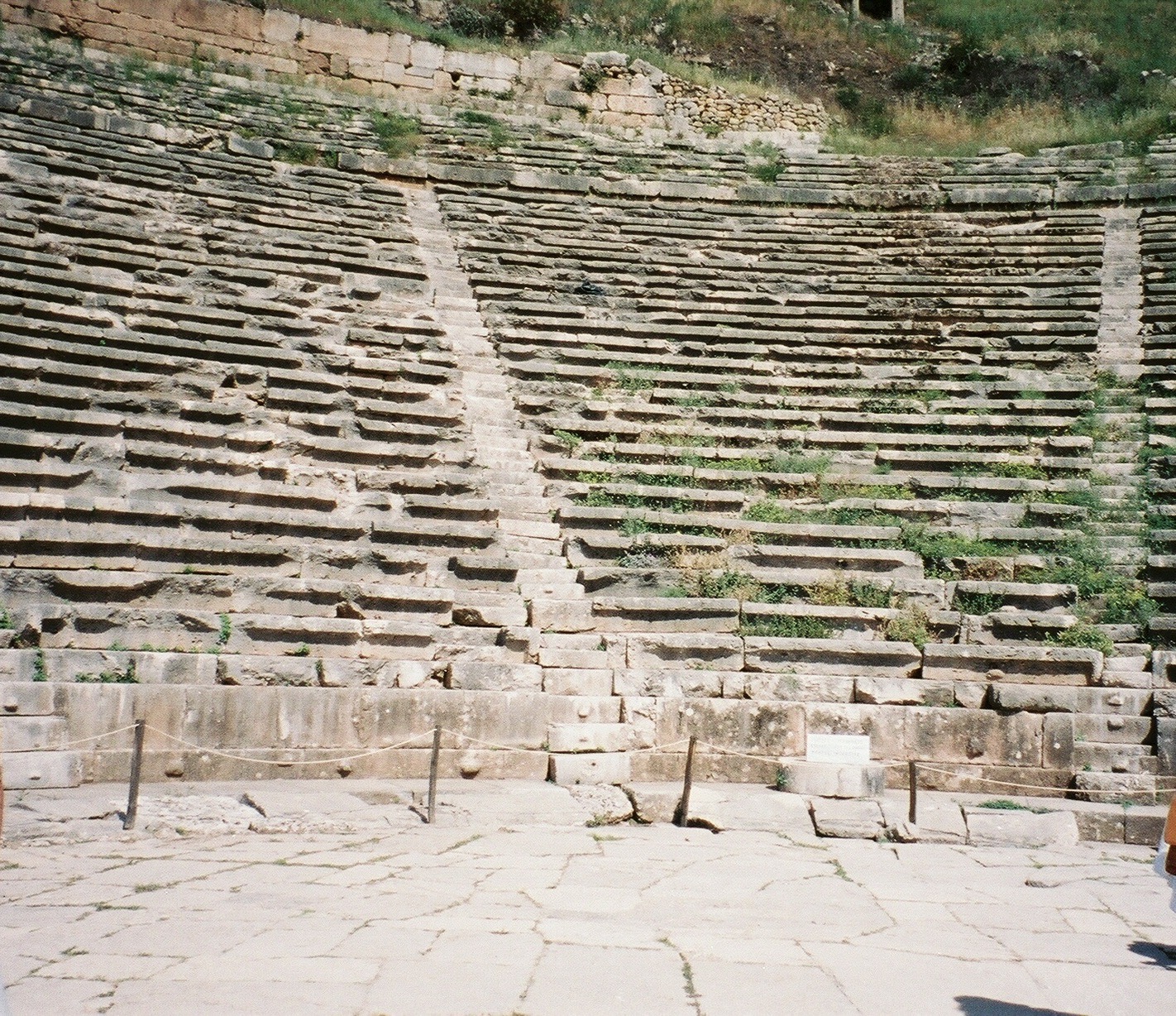Even before the COVID pandemic, arts education was being cut in school districts throughout the country. This was extremely shortsighted then, even worse now.
Our children are suffering. According to a report by the American Psychological Association, 71% of parents said the pandemic has taken a toll on their children. Nearly half of LGBTQ+ teens and over 25% of girls have recently contemplated suicide. Many feel hopeless. Anxiety levels are skyrocketing.
According to MedicalNewsToday, 75% of youth feel the future is frightening. Although the American Rescue Plan passed by the Biden Administration was a great first step, providing $170 Billion for mental health services for school children, more is needed.
And it’s not just the pandemic, not just children missing in-person instruction. It’s our response to the pandemic in the past and the lack of a coherent cultural response now to the environmental emergency, to mass shootings, to injustice and the threat of hate, autocracy and what DJT represents. It’s the GOP attacks on education itself.
For many children, the arts could provide motivation to get to school and a doorway into learning itself. It can make school something more than mere work, but a place where they can come alive and see their concerns reflected in the curriculum. They can feel a sense of meaning when so much of the reality around them seems hopeless.
According to a study called Champions of Change, arts education can level the playing field, and improve student performance in all areas of learning. This was particularly true with students from low-income backgrounds.
The arts provide a more direct entrance into understanding and caring about the experience of others than any other discipline. As such, they provide one of the best ways to embed compassion into the curriculum and to empower young people to take action in all areas of life. This won’t cure society but might heal a student.
In 1969, I was in the Peace Corps in Sierra Leone, and got a chance to witness a ceremony of spirit beings emerging from the jungle to dance a story about the responsibilities of adulthood. The spirits were villagers wearing carved wood masks and raffia from their neck to their feet. After the dance, spirits walked amongst us and then returned to the jungle. I didn’t realize then that I was seeing an early form of theatre.
In Ancient Greece, the poet Thespis was supposedly the first to have an actor step on a stage and turn choral recitation into drama. Their culture was amazingly social and public. Unlike us, who view our emotions as individual, personal, and essentially hidden, Hubert Dreyfus and Sean Kelly claim that for the Greeks, “moods were public and shared.” Emotions were visitations by gods. This was not like movies and tv today, not something to view isolated on a home computer, but shared, in a group, with each spectator knowing the lines so they could join in the recitation…
*To read the whole article, please go to The Good Men Project.

